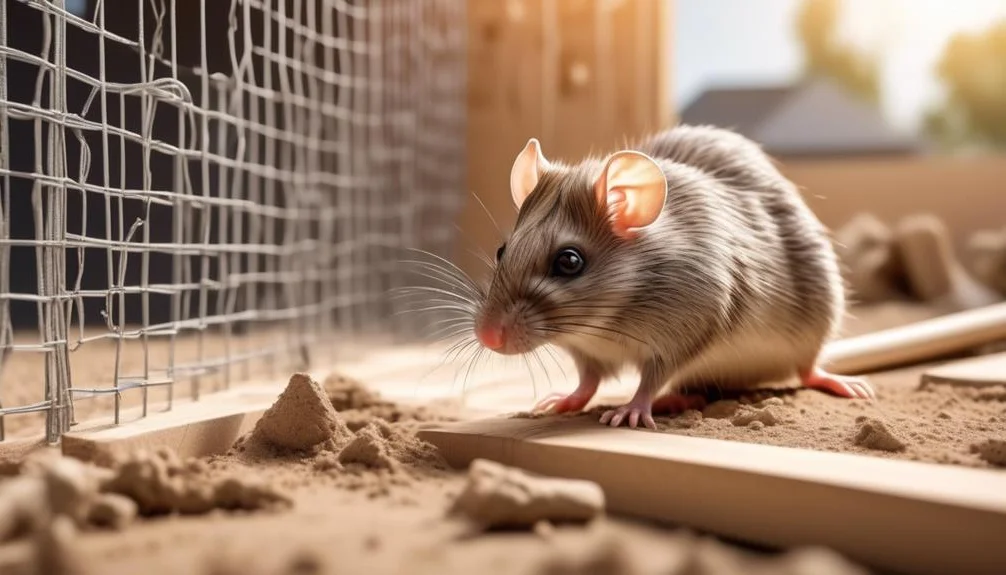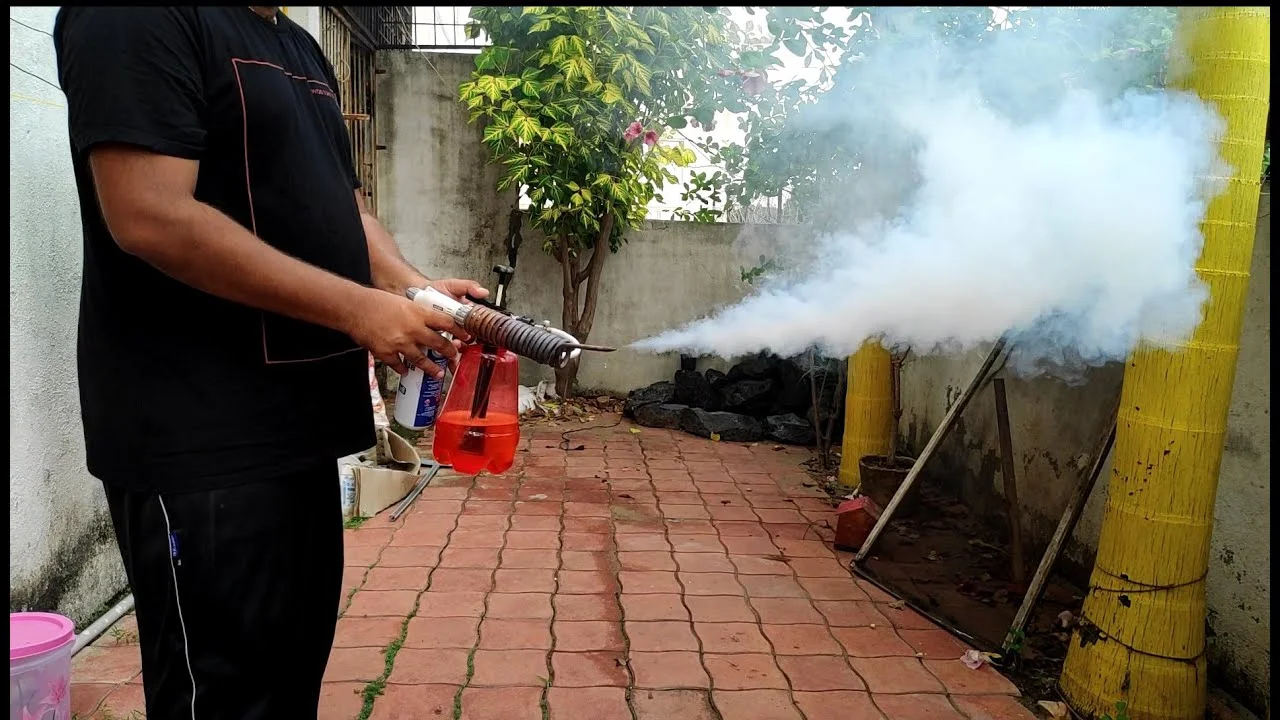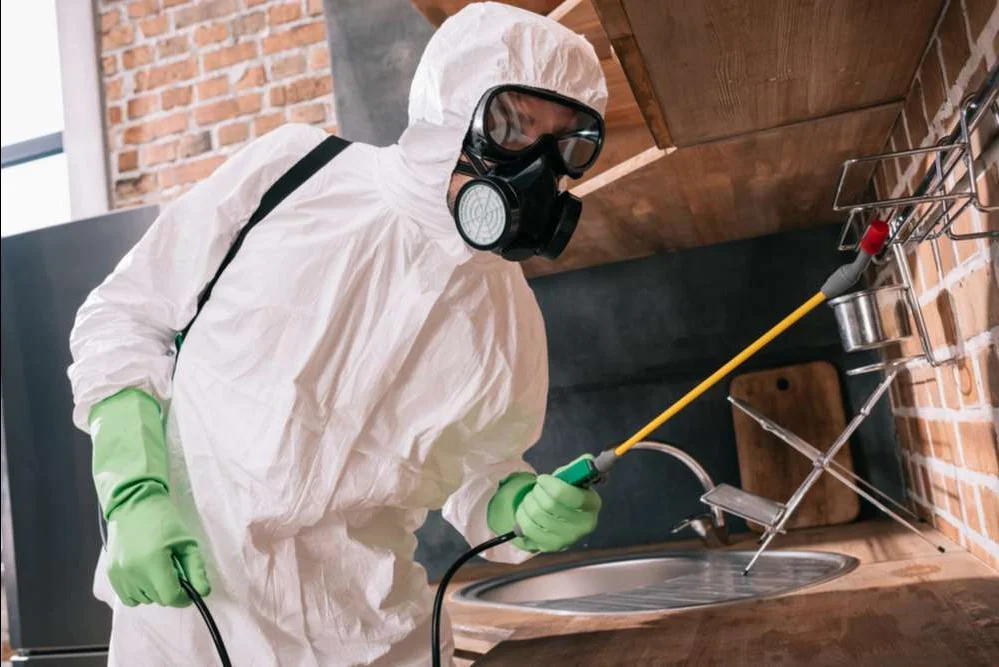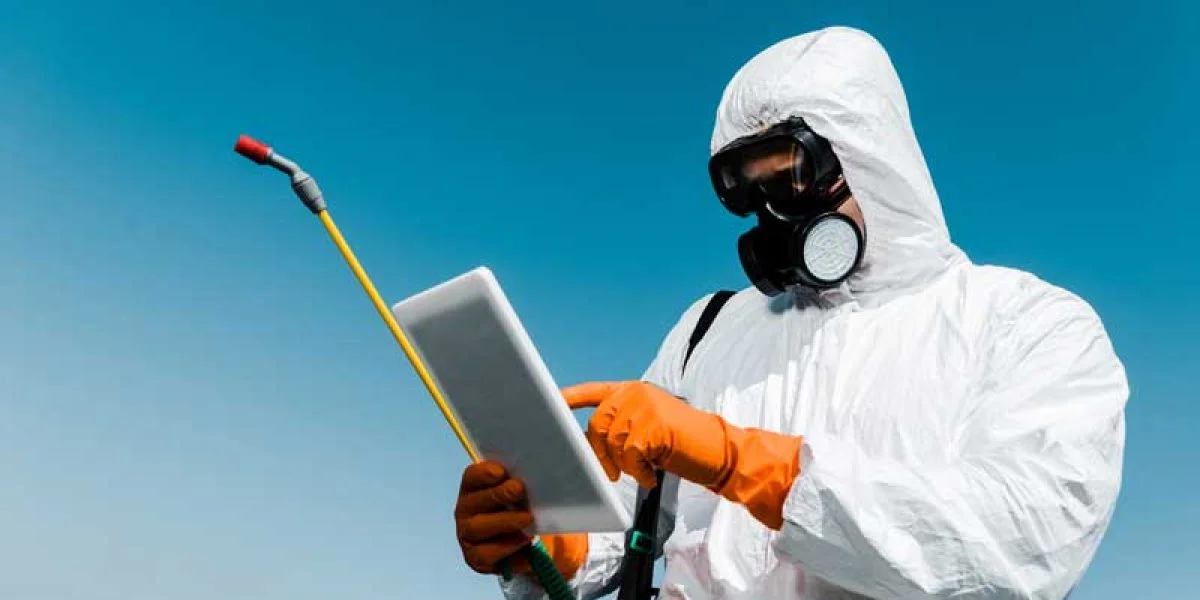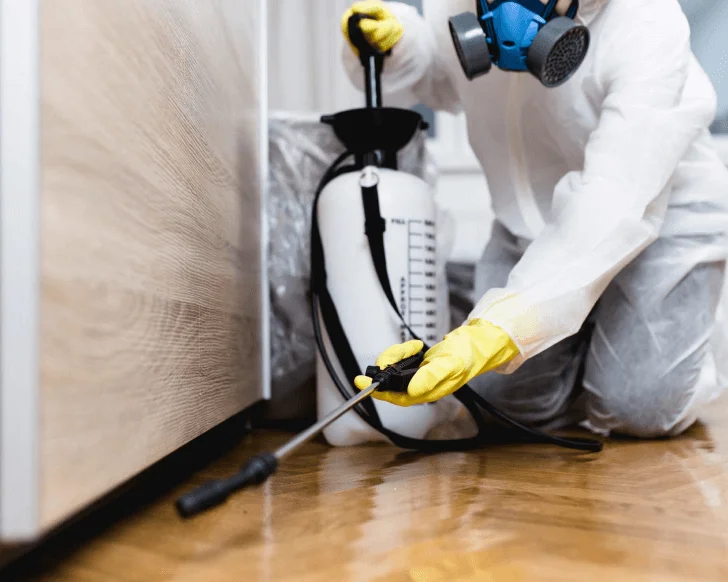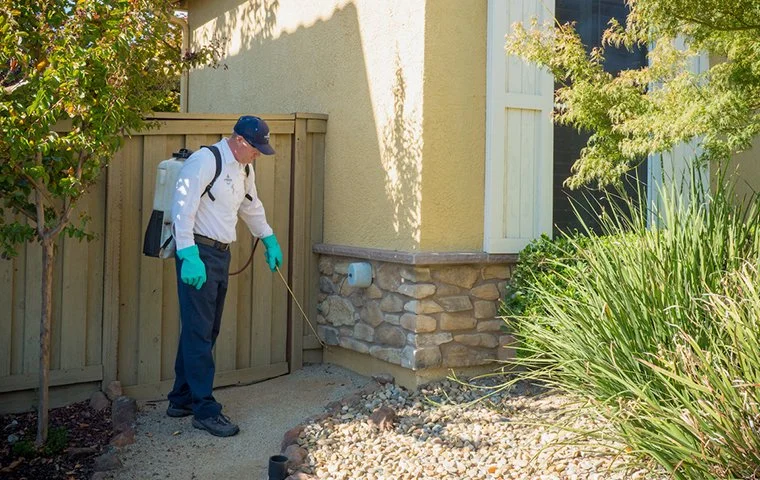Montana's harsh winters drive significant rodent invasion behavior as mice, rats, voles, and occasionally squirrels aggressively seek indoor shelter during fall months. This seasonal pressure affects virtually all property types across the state, from urban Billings homes to isolated mountain cabins and rural ranch properties. These adaptable pests create both structural concerns through their gnawing behavior and potential health risks through contamination from droppings and urine. The state's extended winter season means these unwanted houseguests often remain established indoors for many months without effective intervention.
Professional rodent control in Montana combines thorough property inspection identifying entry points and activity patterns, comprehensive exclusion work preventing access, targeted trapping or baiting programs eliminating existing populations, and preventative measures addressing attractants and harborage areas. Early fall protection work is particularly critical in Montana, establishing protective barriers before the first significant temperature drops trigger mass invasion behavior. For agricultural and ranch properties, specialized approaches address both structural protection and commodity preservation, particularly important around grain storage, outbuildings, and equipment storage areas where rodent damage can create substantial economic impact.

